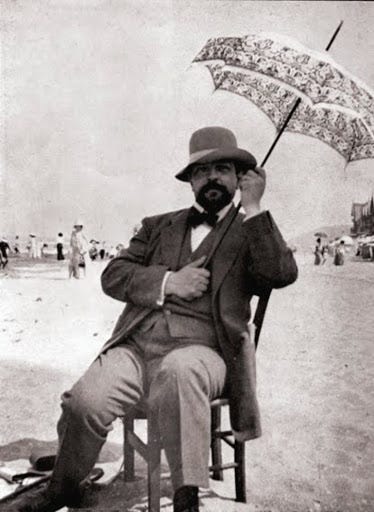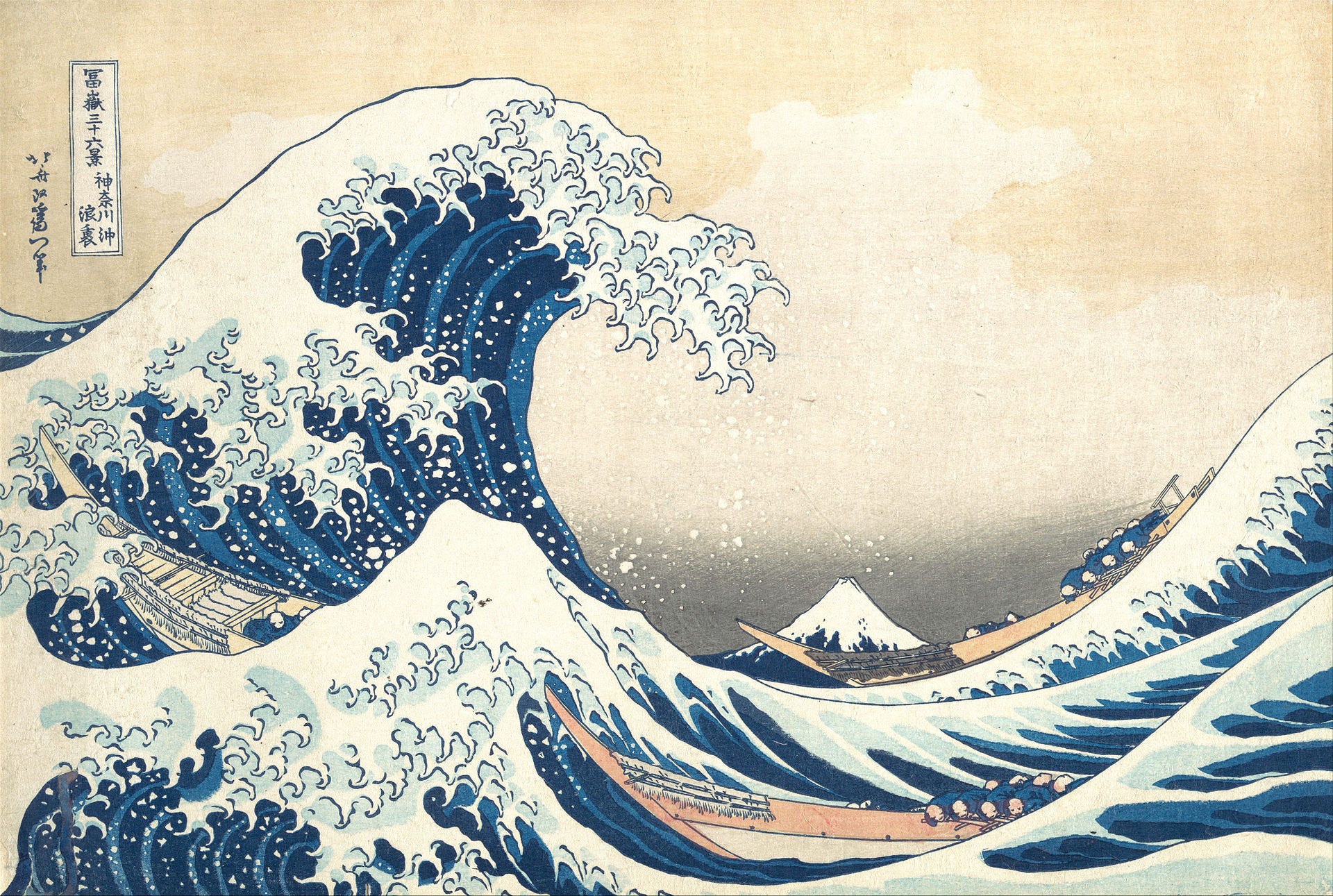
Claude Debussy’s La Mer was written between 1903–1905 and it is the second of three three-movement orchestral works that are as close to a symphony that Debussy would ever write. The first, Nocturnes, was written between 1892-1899 and the last, Images, was written between 1905–1912.
While it took one and a half years for Debussy to compose La Mer, compared to the other two, and to his general rate of composition, it was actually finished in record time. Each movement has a descriptive title:
1.“De l’aube à midi sur la mer” — très lent — animez peu à peu (“From dawn to noon on the sea” — very slow — animate little by little)
2.“Jeux de vagues” — allegro (dans un rythme très souple) — animé (“Play of the Waves” — allegro (with a very versatile rhythm) — animated)
3.“Dialogue du vent et de la mer” — animé et tumultueux — cédez très légèrement (“Dialogue of the wind and the sea” — animated and tumultuous — ease up very slightly)
La Mer was premiered in Paris October 15, 1905 by the Orchestre Lamoureux and conducted by Camille Chevillard. It was not well received and it didn’t receive a kind review for its U.S. premiere in 1907. It wasn’t until it’s British premiere in 1908, with Debussy conducting, that it began to have a favorable impression on the audience and critics.
While Debussy’s and Ravel’s music have often been labeled as impressionistic, both composers were firmly against this label. With regard to La Mer, Debussy’s intent is quite the opposite! All three movements are dramatic and precisely notated, creating bold and exact musical representations of what is stated in the title. If anything, Debussy’s love of Japanese art, not Monet or Manet, was his inspiration, and his choice of Hokusai’s The Great Wave off Kanagawa for the cover of the printed score is very telling.

Katsushika Hokusai
The first recording of La mer was made in 1928 by the Orchestre de la Société des Concerts du Conservatoire and conducted by Piero Coppola.
Here are my favorite performances and recordings.
